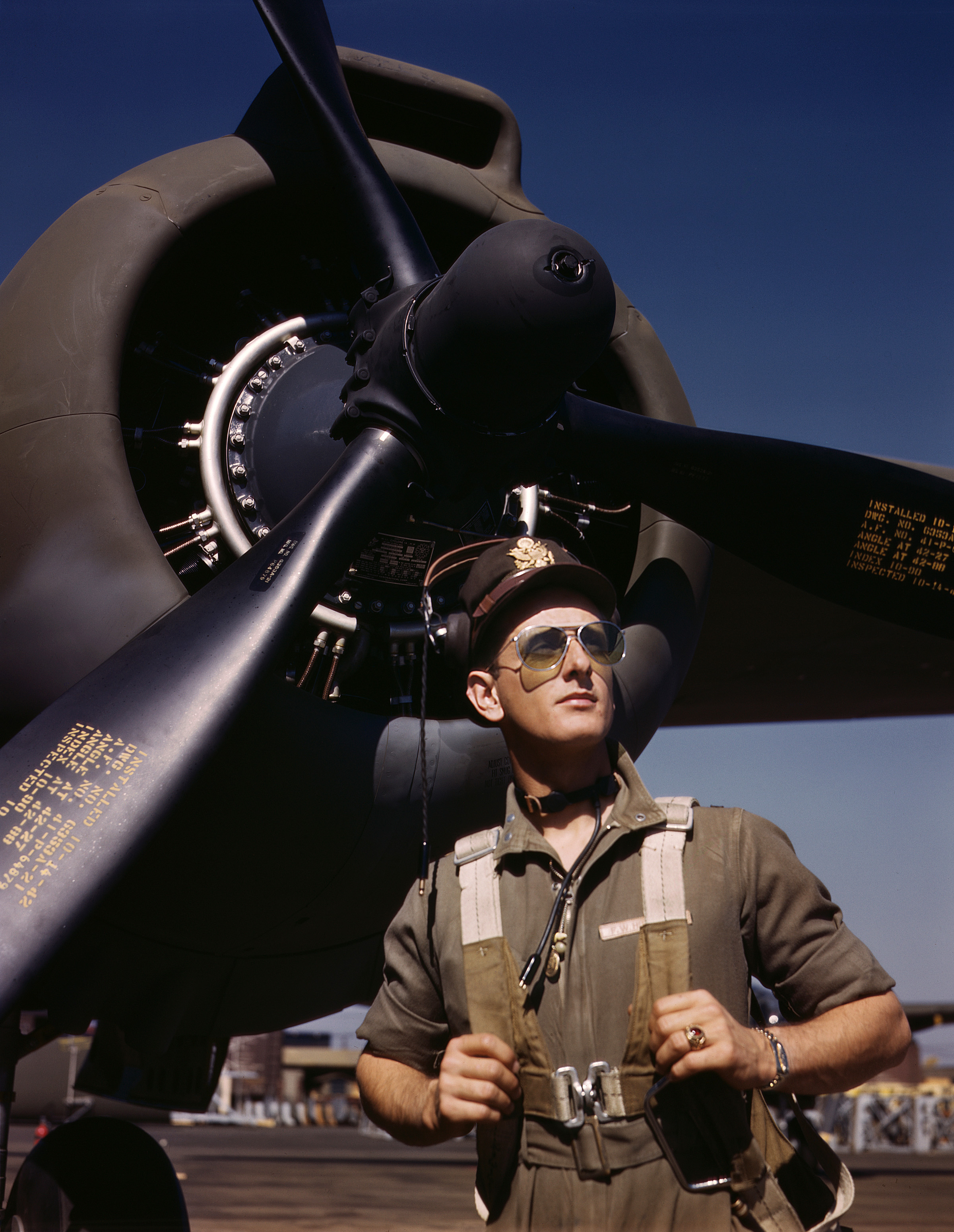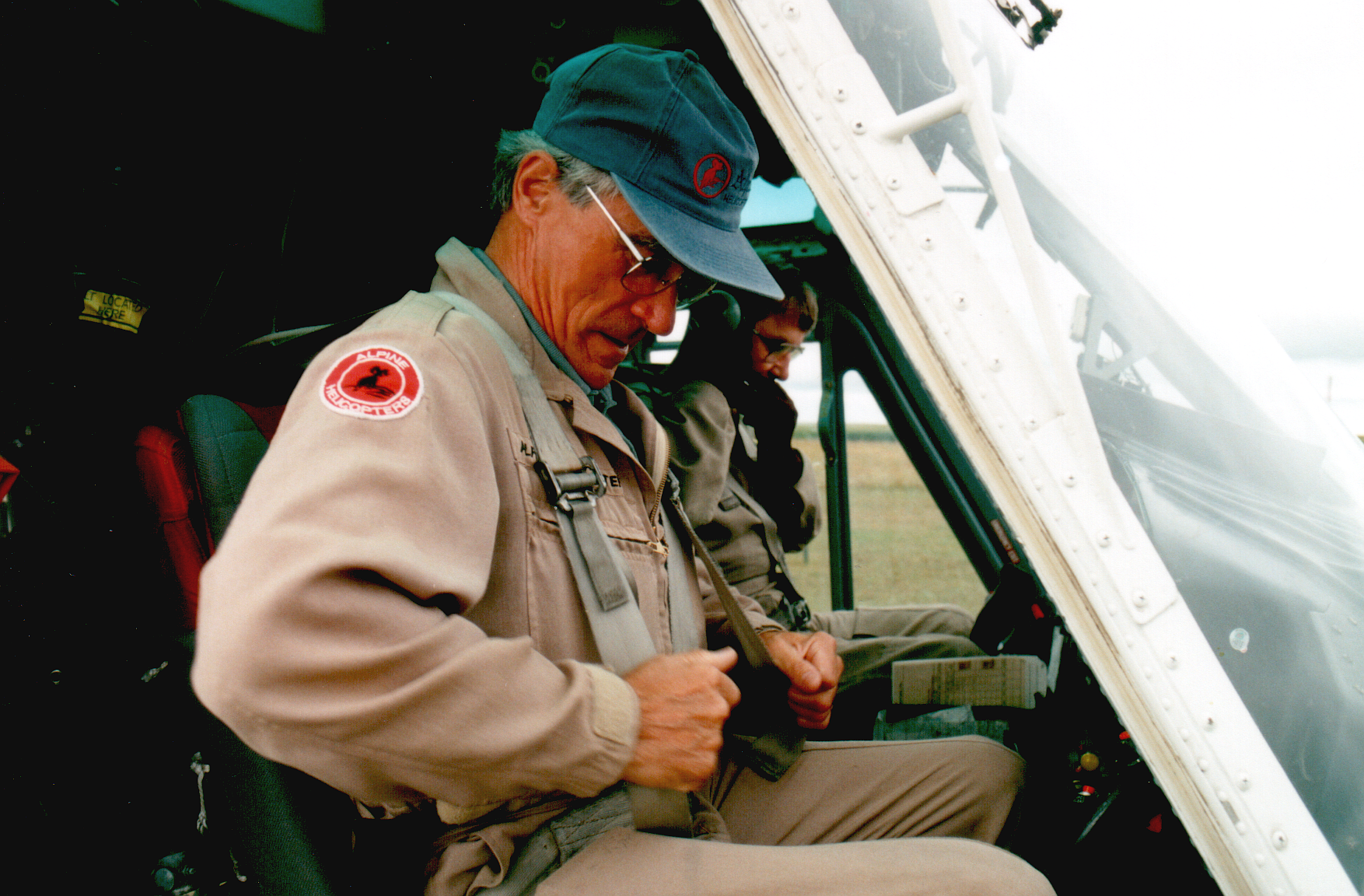|
Life Support In Aviation
Life support, or aircrew life support, in aviation, is the field centered on, and related technologies used in, ensuring the safety of aircrew, particularly military aviation. This includes safety equipment capable of helping them survive in the case of a crash, accident, or malfunction. Life support functions and technology are also prominent in the field of human spaceflight. An example of a life support system for aircraft, is systems that provide supplementary oxygen. In the 2020s, NASA has helped developed advanced life support systems for aircraft. That same decade India also worked on life support systems for the Tejas fighter aircraft, with an integrated life support system for the aircraft tested 2025. The U.S. Navy uses the CRU-103 regulator and MBU 23/P mask. See also *Breathing apparatus *Cabin pressurization Cabin pressurization is a process in which conditioned air is pumped into the aircraft cabin, cabin of an aircraft or spacecraft in order to create ... [...More Info...] [...Related Items...] OR: [Wikipedia] [Google] [Baidu] |
Pilot 2
An aircraft pilot or aviator is a person who controls the flight of an aircraft by operating its directional flight controls. Some other aircrew members, such as navigators or flight engineers, are also considered aviators because they are involved in operating the aircraft's navigation and engine systems. Other aircrew members, such as drone operators, flight attendants, mechanics and ground crew, are not classified as aviators. In recognition of the pilots' qualifications and responsibilities, most militaries and many airlines worldwide award aviator badges to their pilots. Definition The first recorded use of the term ''aviator'' (''aviateur'' in French) was in 1887, as a variation of ''aviation'', from the Latin ''avis'' (meaning ''bird''), coined in 1863 by in ''Aviation Ou Navigation Aérienne'' ("Aviation or Air Navigation"). The term ''aviatrix'' (''aviatrice'' in French), now archaic, was formerly used for a female pilot. The term ''aviator'' (''aviateur'' in Fr ... [...More Info...] [...Related Items...] OR: [Wikipedia] [Google] [Baidu] |
Aviation
Aviation includes the activities surrounding mechanical flight and the aircraft industry. ''Aircraft'' include fixed-wing and rotary-wing types, morphable wings, wing-less lifting bodies, as well as lighter-than-air aircraft such as hot air balloons and airships. Aviation began in the 18th century with the development of the hot air balloon, an apparatus capable of atmospheric displacement through buoyancy. Clément Ader built the "Ader Éole" in France and made an uncontrolled, powered hop in 1890. This was the first powered aircraft, although it did not achieve controlled flight. Some of the most significant advancements in aviation technology came with the controlled gliding flying of Otto Lilienthal in 1896. A major leap followed with the construction of the '' Wright Flyer'', the first powered airplane by the Wright brothers in the early 1900s. Since that time, aviation has been technologically revolutionized by the introduction of the jet engine which enabl ... [...More Info...] [...Related Items...] OR: [Wikipedia] [Google] [Baidu] |
Aircrew
Aircrew are personnel who operate an aircraft while in flight. The composition of a flight's crew depends on the type of aircraft, plus the flight's duration and purpose. Commercial aviation Flight deck positions In commercial aviation, the crew responsible for operating and controlling the aircraft are called ''flight crew''. Some flight crew position names are derived from nautical terms and indicate a rank or command structure similar to that on ocean-going vessels, allowing for quick executive decision making during normal operations or emergency situations. Historical flightdeck positions include: * Captain, the pilot Pilot-in-Command and highest-ranking member or members of a flight crew. * First officer (FO, also called a co-pilot), another pilot who is normally seated to the right of the captain. (On helicopters, an FO is normally seated to the left of the captain, who occupies the right-hand seat.)Smith, PatrickPatrick Smith's Ask The Pilot: When a Pilot ... [...More Info...] [...Related Items...] OR: [Wikipedia] [Google] [Baidu] |
Military Aviation
Military aviation is the design, development and use of military aircraft and other flying machines for the purposes of conducting or enabling aerial warfare, including national airlift (air cargo) capacity to provide military logistics, logistical supply to forces stationed in a Theater (warfare), war theater or along a Front (military), front. Airpower includes the national means of conducting such warfare, including the intersection of transport and warcraft. Military aircraft include bombers, fighter aircraft, fighters, Military transport aircraft, transports, trainer aircraft, and reconnaissance aircraft. History The first military uses of aviation involved lighter-than-air balloons. During the Battle of Fleurus (1794), Battle of Fleurus in 1794, the French observation balloon ''l'Entreprenant'' was used to monitor Austrian troop movements. The use of lighter-than-air aircraft in warfare became prevalent in the 19th century, including regular use in the American Civil W ... [...More Info...] [...Related Items...] OR: [Wikipedia] [Google] [Baidu] |
Accidents And Incidents In Aviation
An aviation accident is an event during aircraft operation that results serious injury, death, or significant destruction. An aviation incident is any operating event that compromises safety but does not escalate into an aviation accident. Preventing both accidents and incidents is the primary goal of aviation safety. One of the earliest recorded aviation accidents occurred on May 10, 1785, when a hot air balloon crashed in Tullamore, County Offaly, Ireland. The resulting fire seriously damaged the town, destroying over 130 homes. The first accident involving a powered aircraft occurred on September 17, 1908, when a Wright Model A crashed at Fort Myer, Virginia, USA. The pilot and co-inventor, Orville Wright, was injured, and the passenger, Signal Corps Lieutenant Thomas Selfridge, was killed. Definitions According to Annex 13 of the Chicago Convention on International Civil Aviation, Convention on International Civil Aviation, an aviation accident is an occurrence associat ... [...More Info...] [...Related Items...] OR: [Wikipedia] [Google] [Baidu] |
Life Support System
A life-support system is the combination of equipment that allows survival in an environment or situation that would not support that life in its absence. It is generally applied to systems supporting human life in situations where the outside environment is hostile, such as outer space or underwater, or medical situations where the health of the person is compromised to the extent that the risk of death would be high without the function of the equipment. In human spaceflight, a life-support system is a group of devices that allow a human being to survive in outer space. US government space agency NASA, and private spaceflight companies use the phrase "environmental control and life-support system" or the acronym ECLSS when describing these systems. The life-support system may supply air, water and food. It must also maintain the correct body temperature, an acceptable pressure on the body and deal with the body's waste products. Shielding against harmful external influence ... [...More Info...] [...Related Items...] OR: [Wikipedia] [Google] [Baidu] |
HAL Tejas
The HAL Tejas () is an Indian single-engine, delta wing, Multirole combat aircraft, multirole Military aircraft, combat aircraft designed by the Aeronautical Development Agency (ADA) and manufactured by Hindustan Aeronautics Limited (HAL) for the Indian Air Force (IAF) and the Indian Navy. Tejas made its first flight in 2001 and entered into service with the IAF in 2015. In 2003, the aircraft was officially named 'Tejas'. Currently, Tejas is the smallest and lightest in its class of supersonic fighter jets.'' '' Tejas is the second jet powered combat aircraft developed by Hindustan Aeronautics Limited, HAL, after the HAL HF-24 Marut, HF-24 Marut. The first Tejas squadron became operational in 2016. The No. 45 Squadron IAF (''Flying Daggers'')'','' based at Sulur Air Force Station (AFS) in the southern Indian state of Tamil Nadu, was the first to have their MiG-21 ''Bisons'' replaced with the Tejas. Tejas has three production variants - Mark 1, Mark 1A and a trainer/light attack ... [...More Info...] [...Related Items...] OR: [Wikipedia] [Google] [Baidu] |
Breathing Apparatus
A breathing apparatus or breathing set is equipment which allows a person to breathe in a hostile environment where breathing would otherwise be impossible, difficult, harmful, or hazardous, or assists a person to breathe. A respirator, medical ventilator, or resuscitator may also be considered to be breathing apparatus. Equipment that supplies or recycles breathing gas other than ambient air in a space used by several people is usually referred to as being part of a life-support system, and a life-support system for one person may include breathing apparatus, when the breathing gas is specifically supplied to the user rather than to the enclosure in which the user is the occupant. Breathing apparatus may be classified by type in several ways: * by breathing gas source: self-contained gas supply, remotely supplied gas, or purified ambient air, * by environment: underwater/hyperbaric, terrestrial/normobaric, or high altitude/hypobaric, * by breathing circuit type: open, semi-close ... [...More Info...] [...Related Items...] OR: [Wikipedia] [Google] [Baidu] |
Cabin Pressurization
Cabin pressurization is a process in which conditioned air is pumped into the aircraft cabin, cabin of an aircraft or spacecraft in order to create a safe and comfortable environment for humans flying at high altitudes. For aircraft, this air is usually Bleed air, bled off from the gas turbine, gas turbine engines at the compressor stage, and for spacecraft, it is carried in high-pressure, often liquid oxygen, cryogenic, tanks. The air is cooled, humidified, and mixed with recirculated air by one or more Environmental control system (aircraft), environmental control systems before it is distributed to the cabin. The first experimental pressurization systems saw use during the 1920s and 1930s. In the 1940s, Boeing 307 Stratoliner, the first commercial aircraft with a pressurized cabin entered service. The practice would become widespread a decade later, particularly with the introduction of the British de Havilland Comet jetliner in 1949. However, South African Airways Flight 201 ... [...More Info...] [...Related Items...] OR: [Wikipedia] [Google] [Baidu] |









